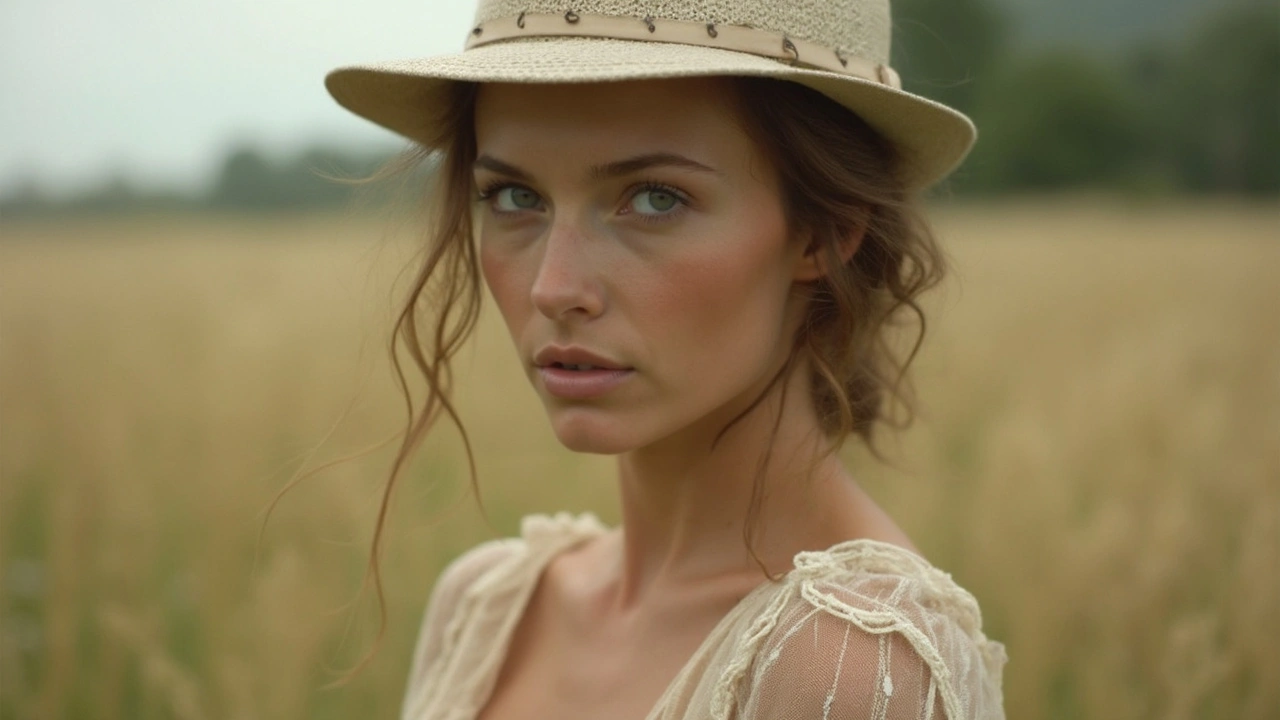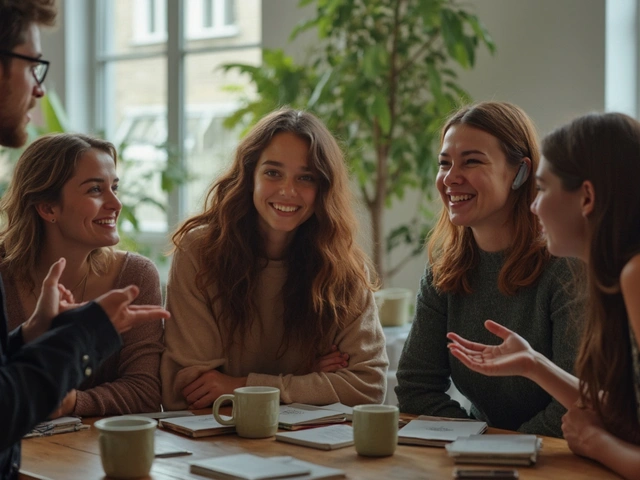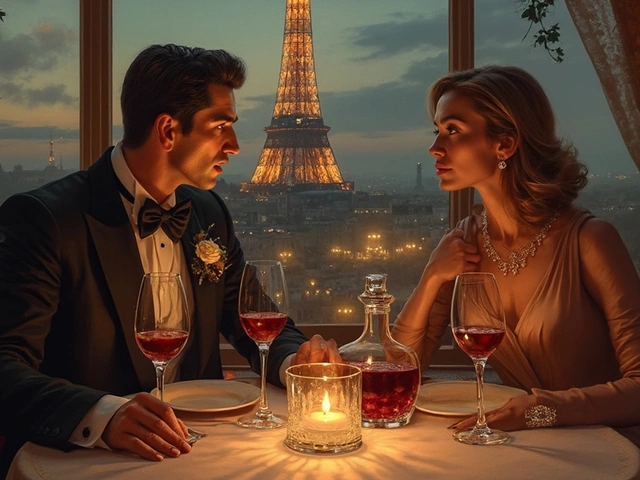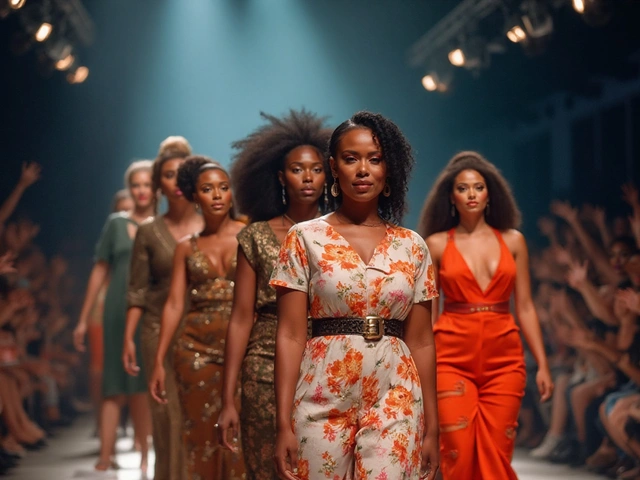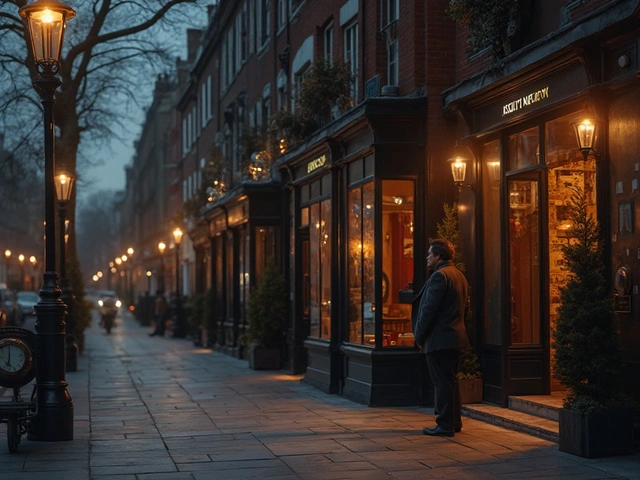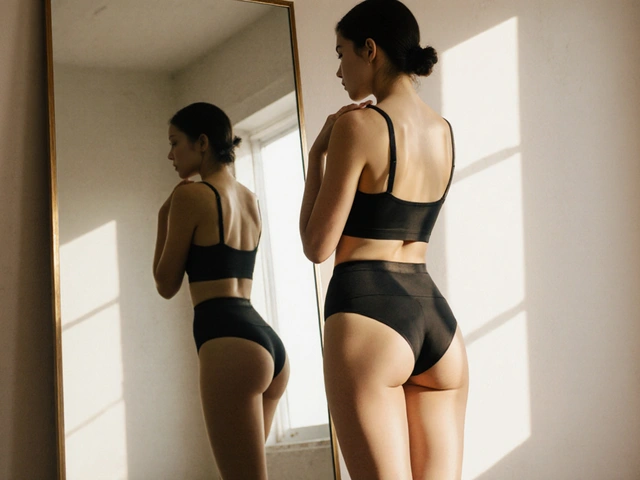Ever stopped to think about the subtle art of posing? It's not just about looking pretty for the camera. It involves understanding the psychology behind it and how that can transform a simple image into a powerful statement. So, why does it matter?
Well, effective poses aren't as random as they seem. They're deeply rooted in psychology. The way a model stands, the angle of their head, even the look in their eyes can convey different emotions and messages. This isn't just handy for models, but for photographers too, looking to capture that perfect shot.
Let's break it down. Imagine you're in front of the camera. You wanna show confidence, right? But what does that look like? A strong pose might include open shoulders, a forward stance, and direct eye contact with the lens. These little tweaks in your pose can send big signals to anyone viewing the photo.
- Quick Tips for Effective Posing
- The Science of Poses
- Understanding Body Language
- Common Missteps in Posing
- Practice Makes Perfect
Quick Tips for Effective Posing
If you're stepping in front of the camera and want to nail those model poses, here are some quick tips to keep in mind that go beyond just sticking your arm out or tilting your head.
First off, always think about your posture. Imagine you've got a string pulling you up from the top of your head. Standing tall not only makes you look confident but also elongates your body, which is usually a good thing in photos.
- Relax your hands and feet: You don't want the 'claw' hand or stiff fingers showing. Keep them loose and natural.
- Engage your core: A strong core can improve your posture and give your body a more defined shape.
- Mind your gaze: Your eyes can say a lot. Whether you're looking into the camera or away, your eyes should convey the emotion you're going for.
- Breathe: It sounds simple, but holding a pose too long can make you tense. Natural, even breathing helps keep things looking relaxed.
- Angles matter: Experiment with different angles. Turn slightly to the side rather than facing the camera head-on for a more dynamic look.
Here's the kicker: even professionals rely on these basic strategies to keep their posing effective. It's all about finding what works best for you and practicing until it feels as natural as walking.
The Science of Poses
When thinking about the science of poses, it's kinda like understanding the manual behind what makes a picture pop. Poses aren't just about looking good—they're a communication tool that models use to express emotions and tell stories.
One of the first things to note is this idea called body alignment. Having your body balanced and aligned is crucial—it’s all about knowing how to distribute your weight. For instance, standing on one leg with the other slightly bent can create a more dynamic and relaxed look than standing stiffly with both feet flat on the ground.
There’s something called the 'Rule of Thirds' in photography that also impacts posing. The idea is to imagine your image divided into three equal parts both vertically and horizontally. Placing points of interest along these lines or their intersections can make the photo naturally more engaging.
A major player in a great pose is body language. Think about how crossed arms can make someone look closed off, while open arms might suggest confidence or openness. How you position your hands and arms can entirely change the vibe you're giving off.
Facial expressions are just as critical. A slight tilt of the head can convey curiosity, while a steady, direct gaze might project determination or intensity. Mixing and matching these elements can produce a photo that says a lot more than words ever could.
For those who like numbers, here’s an interesting tidbit: Research shows that facial symmetry is often perceived as more attractive, and this can be enhanced or diminished with pose. A slight turn of the head can dramatically enhance symmetry and result in a more pleasing composition.
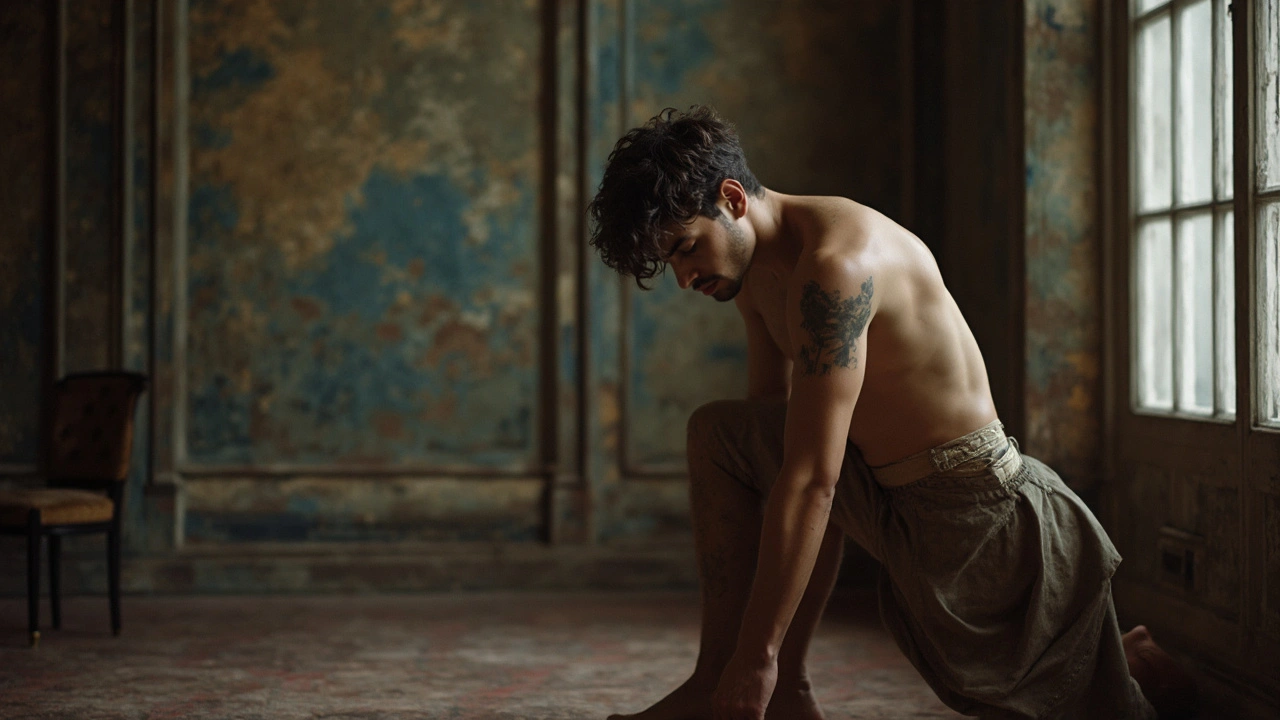
Understanding Body Language
Every pose is a language of its own. When it comes to model poses, understanding the unspoken language of the body can make or break the effectiveness of a shot. Our bodies naturally communicate emotions and confidence levels, and models who get this can express a whole range of feelings without uttering a single word.
Think about posture for a second. A model who stands tall with shoulders back instantly exudes confidence. On the other hand, slouching can give off a more relaxed or submissive vibe. The same goes for facial expressions. A mere lift of the eyebrows or a slight smirk can shift the mood of the entire image.
It’s not all about what you're showing; it’s also about what you're hiding. Closed-off arms or legs can appear defensive or introverted. That's why you'll often see models with open and expansive poses—it creates a welcoming and approachable feeling. It's the psychology of openness at play.
Now, here’s a cool insight: Research suggests that people form a judgment within just a few seconds of looking at a photo. So, the way you position your body can quickly influence perceptions. Whether a model wants to look powerful, approachable, or mysterious, body language is the key.
For those looking to nail their next shoot, here's a quick rundown:
- Stand or sit up straight to show confidence.
- Keep your limbs open to avoid looking closed off.
- Use your eyes—eye contact can be as powerful in pictures as it is in person.
- Relax your face, a natural expression can be more appealing than a forced smile.
Understanding these basics of body language not only helps models but can be a secret weapon for photographers aiming to guide their subjects into the perfect pose.
Common Missteps in Posing
So, you're working on nailing that perfect pose, but things just don't seem to be clicking. What could be going wrong? Let's dig into some typical mistakes in the world of model poses.
First off, stiffness is a big no-no. Stiff poses can make you look uncomfortable, and that awkwardness translates right through the camera. If your limbs feel tense, it’s going to show. Think relaxed and natural. Imagine you're just hanging with friends, and let that ease show in your shots.
Another common mistake is ignoring the power of facial expressions. Your face tells a story just as much as your body language does. A blank face can make a shot look lifeless. Engage your eyes, vary your expressions, and practice in front of a mirror. It’ll help you understand how different expressions look and feel.
And let’s not forget, ignoring body angles can also be a problem. Angles can make or break a photo. Standing straight on to the camera often results in flat images. Instead, play with your angles by turning slightly away or shifting your weight to one hip. This adds depth and makes your silhouette more interesting.
Lastly, overlooking the setting and clothing choice might trip you up. The environment and your attire play huge roles in the vibe of your modeling. A casual outfit might not fit a formal setting. Always consider how these elements complement or clash with your pose.
Just remember, posing is a skill like any other. Mistakes are just opportunities to learn and improve. Keep practicing, experiment with different styles, and most importantly, have fun with it!
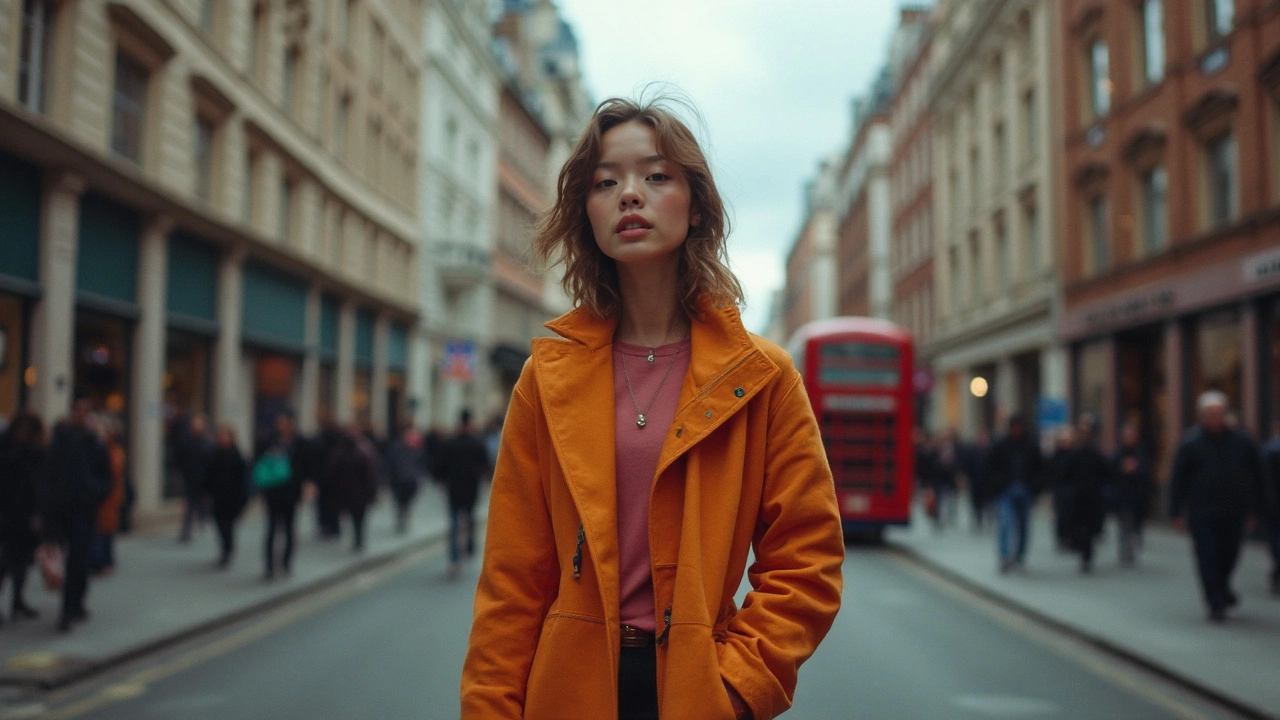
Practice Makes Perfect
Okay, let's get real. Nail the perfect model poses by shaking off nerves and gaining confidence, practice is your best friend. You're not born with an innate ability to look amazing in every picture; it comes with time and effort. Even top models spend countless hours refining their techniques.
First up, spend time in front of a mirror. Watch how your body moves and which angles work for you. Pay attention to posture and expressions, tweaking them until they feel natural. This self-awareness is key in hitting the right pose without overthinking it during a shoot.
Another great tip is to study successful models. Look at magazines, Instagram posts, or fashion shows. Notice common poses that appear time and again. What's working in them? Are the shoulders squared? Is there a slight tilt of the head? By emulating these traits, you incorporate proven techniques that can elevate your work.
You might also want to create a posing routine. Yeah, like having a go-to set of poses you know will produce dynamite pictures. This doesn’t mean being robotic but having a reliable foundation to build on while trying new variations.
Don't forget to embrace critique. Work with photographers who can provide constructive feedback. This feedback loop is invaluable, helping you understand what captures well on camera versus what might feel or look awkward.
Finally, remember that every modeling session is a chance to learn. Notice how different lighting, backgrounds, and clothes affect your poses. Over time, you’ll adapt quickly to these variables.
So grab your camera, line up some playlists, and have fun with it. The more you practice and experiment, the more you'll unlock the secrets to effective posing.
